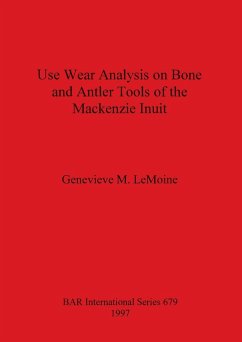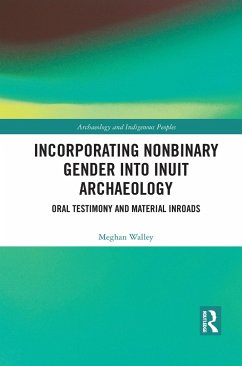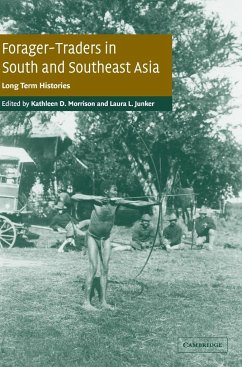
Caribou Inuit Traders of the Kivalliq Nunavut, Canada
Versandkostenfrei!
Versandfertig in 1-2 Wochen
44,99 €
inkl. MwSt.

PAYBACK Punkte
22 °P sammeln!
In 1717 A.D., the Caribou Inuit of the Kivalliq, Nunavut were introduced to the Fur Trade through the Hudson Bay Company. It has been previously posited that between that time and 1900 A.D., the Caribou Inuit were drawn out of a traditional subsistence pattern and into an economy that was a part of a world system. However, the actual process of how trade goods and technologies were incorporated into Caribou Inuit society by the Caribou Inuit themselves has received little attention. Using a combination of archaeology, archival history, and oral history to examine the profiles of specific indiv...
In 1717 A.D., the Caribou Inuit of the Kivalliq, Nunavut were introduced to the Fur Trade through the Hudson Bay Company. It has been previously posited that between that time and 1900 A.D., the Caribou Inuit were drawn out of a traditional subsistence pattern and into an economy that was a part of a world system. However, the actual process of how trade goods and technologies were incorporated into Caribou Inuit society by the Caribou Inuit themselves has received little attention. Using a combination of archaeology, archival history, and oral history to examine the profiles of specific individuals, this report demonstrates the importance of Caribou Inuit families that acted as intermediaries between their culture and European trade in the process of Caribou Inuit economic transition during the early historic period.












